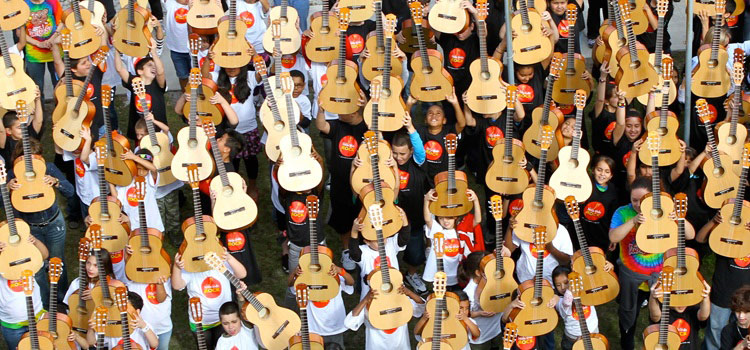
Cultural Economics Workshop: Community
December 14, 2015
by Diana Greenwald | Filed in: Conferences
As discussed in an earlier post, the 3rd North American Workshop on Cultural Economics
recently took place in New Orleans. The workshop was an informative overview of on-going research in cultural economics. The subjects of the presentations can be grouped into roughly three categories: artists, collectors, and communities. The workshop papers about collectors and artists were discussed in earlier. This post will discuss the research dealing specifically with communities.
In “Planting the Seed to Grow Local Creative Industries: Cultural Districts’ and Art Schools’ Impacts on Supply and Demand”, Douglas Noonan (with Shiri M. Breznitz and Shuang Zhao) explored the effects of officially demarcated “arts and culture districts” on employment in arts-related professions. One of the important conclusions from the study based on hundreds of Metropolitan Statistical Areas is that arts districts cannot function on an “if you build it they shall come” approach. These districts can augment arts employment and activity in an area that is already near a university, art school or a suburb of a city that is a creative city. However, declaring a section of Iowa or Louisiana (for example) a cultural district before it already has an organically formed arts scene is not particularly productive.
Three papers explored the relationship between the arts and income. In the first one–“Concentration of Local Arts and Entertainment Establishments: Effects of Higher Education and Income”—Li Zhu explored which factors beyond just the level of education and salary of residents affect how many cultural institutions exist in a geographic area. Surprisingly, greater income does not necessarily correlate with increased demand for culture. The second paper–“How Much Does Talent Matter? Evidence from the Brazilian Formal Cultural Industry” by Ricardo Da Silva Freguglia and Amir Borges Ferreira Neto—explored incomes of cultural workers in Brazil. Despite the image of the starving artist, Freguglia and Neto find that those creative workers who have formal contracts earn more than their peers in other sectors. Neil Alper and Gregory Wassail are conducting on-going research about whether or not college graduates who majored in the arts earn more if they choose to double major. They find that interdisciplinary across arts and sciences or arts and economics pays.
Two papers were at the intersection of music and social welfare. Kathleen Thomas presented an on-going project that will assess the effects of Little Kids Rock—a not-for-profit modern music program—on student attendance. Marie Connolly discussed a forthcoming paper in the Journal of Cultural Economics: “An Economic Perspective on Rock Concerts and Climate Change: The Decision to Compensate Emissions Using Carbon Offsets” (with Jérôme Dupras & Charles Seguin). The paper demonstrates that for a small cost—one far below attendees willingness to pay—musical acts can incorporate carbon offsets into ticket prices. These would help to neutralize the negative environmental effects of fans’ travel to the concert venue and the band’s or singer’s travel throughout a tour.
The final presentation that can be categorized as dealing primarily with community concerns was Tim Fry’s work with Jane Fry and Lisa Farrell. Their study into determinants of sales and prices at auction for Australian indigenous artists explores how similar demand can exist for artists who are grouped together because of their ethnic background, but who are aesthetically very different from one another. This paper perhaps should have been grouped with those presentations that dealing with the experience of artists. However, the discussion of the paper led to interesting questions about art in a broader community. What does variable demand at auction for a certain kind of art tell us about the social and economic context in which that auction is taking place? In this case, is demand for indigenous art in Australia a reflection of changing political attitudes towards indigenous populations. Or is it just a proxy for broader economic conditions—like the health of the Australian economy and the level of its citizens’ disposable income? In the course of the discussion, it became apparent that auction prices can perhaps be read as a proxy for other trends beyond the art world. This repurposing of auction data presents a new and exciting avenue for cultural economics research.
On the History of Capitalism >>
<< Cultural Economics Workshop: Artists
